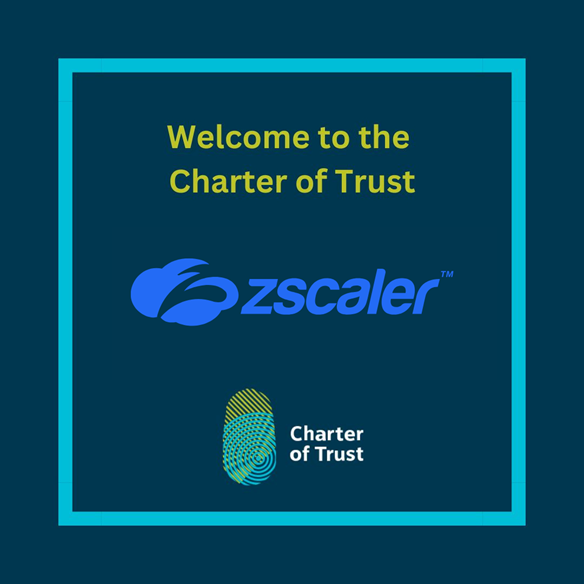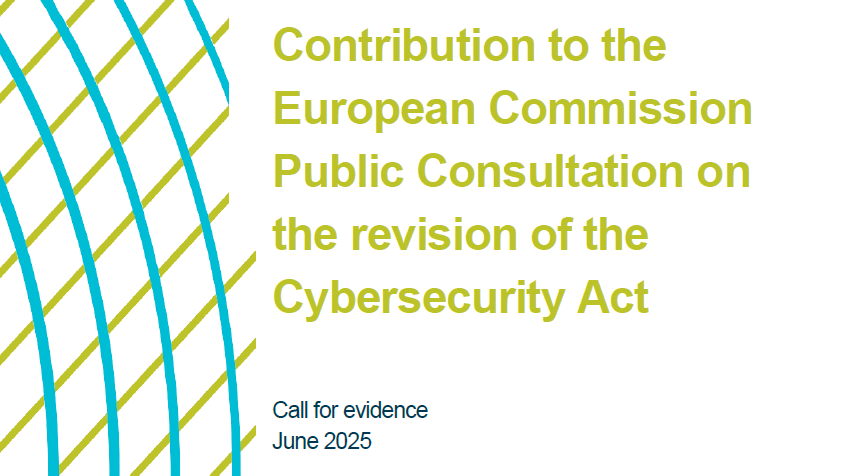By Sudhir Ethiraj, Global Head of Cybersecurity Office, TÜV SÜD and
Dr. Angelika Steinacker, CTO Identity & Access Management, IBM Security Services EMEA
Security right from the start
The principle of Security by Default is focused on considering security to be built in and up and running from the start. This means including security considerations into a design of a product and the underlying processes and even when formulating policies for an organization at large instead of security being an add-on feature at the end of the process before going to production.
The rapid increase in digitization today, especially accelerated by the pandemic situation, has led to a tremendous increase in the attack surface. Therefore, there is a need to consider the Security by Default principle as a fundamental need to ensure adequate levels of security in society.
The Charter of Trust aims to increase cybersecurity levels in society via collaboration between its member companies across industries and associated partners and has defined 10 Principles to achieve this goal. One of the 10 Principles is the principle of security by default. The Charter Taskforce on Security by Default has been working on this principle for the past three years , compiling baseline requirements and creating explanatory documents on what it means to adopt security by default.
Security by Design vs Security by Default
The concept of “Security by Design” is quite familiar. It means to include security features and capabilities into products and services when designing and producing those products and services. “Security by Design” is a basic requirement and has improved the security of products and services tremendously.
The concept “Security by Default” goes a step further: The security and capabilities of a product or service are active from the beginning. This means that no explicit activation is necessary since this can be forgotten or neglected in some cases. It is especially helpful and necessary in devices used by people not that familiar with security features, e.g. in IoT devices like smart bulbs or smart watches.
Furthermore, “Security by Default” aims at maintaining the security properties during operation and over the lifetime of a product or service. One of the basic requirements for achieving “Security by Default” is therefore that the security properties must be tested accordingly, i.e. under real operating conditions.
Design vs reality
“Security by Default” can really make a difference if security features are sufficient, enabled and productive for the lifetime of a product or service. The need for Security by Default as stated above can be seen in the incident that happened in 2019, where a feature was found in a series of connectivity chips used to connect billions of IoT devices like medical devices or smart meters. An attacker could use this feature in operation to gain control over the machine hosting it. Although these chips had several security features, they had not been sufficient to prevent attacks during operation. You can read about this here.
Charter of Trust drives Security by Default
CoT’s Principle 3 states: “Adopt the highest appropriate level of security and data protection and ensure that it is preconfigured into the design of products, functionalities, processes, technologies, operations, architectures, and business models.”
How do we work to achieve this?
To cover the broad spectrum of topics under security by default, we as a taskforce defined our scope of what we thought was essential to cover under Security by Default and would bring us nearer to the goal of increasing security levels. We therefore split the work into three phases and the taskforce members from companies collaborate to define baseline requirements for security by default. The three phases are:
- Phase 1: Products, Functionalities and Technologies
- Phase 2: Processes, Operations and Architectures (Ongoing)
- Phase 3: Sharing of best practices for adoption of Security by Default
We finalized Phase 1 last year and have nearly finished Phase 2, so we are about to start the final phase. Stakeholders from different industries helped us get different perspectives on Security by Default while defining the scope and the baseline requirements to ensure that these requirements can truly be baseline and can be adopted across industries.
Taskforce resources / results so far
- Baseline Requirements for phase 1 – Products, Functionalities and Technologies
- Explanatory document along with mapping to global standards to facilitate the adoption of the baseline requirements
- Charter of Trust Blogpost on Security by Default
- Podcast on Security by default
Outlook
With the Charter of Trust set out to increase cybersecurity in the society through collaboration between industry partners and exchange with political stakeholders, the taskforce is fully committed in executing this vision. The taskforce will soon publish the results for phase 2 on processes, operations and architectures with the baseline requirements and an explanatory document.
The next steps include moving to phase 3 focusing on best practices to adopt Security by Default requirements from the member companies and getting the message across to different stakeholders in society and supporting a dialogue with stakeholders on these crucial topics. This will include several ways of sharing best practices, e.g. a webinar series with a panel format including an external audience, and articles and case studies showcasing where the requirements have been successfully adopted.


You may also like

Charter of Trust Welcomes Zscaler
Zscaler is a leading cloud enterprise security provider helping global businesses accelerate their digital transformation by becoming more agile, efficient, resilient, and secure.
With Zscaler as a partner in the Charter of Trust, we aim to strengthen global cyber resilience through trust – by fostering actionable collaboration between industry leaders, governments, and public-private platforms. Zscaler brings robust expertise and innovation to the table, making it the ideal partner to drive this mission forward.
“Zscaler is excited to drive meaningful change alongside our new partners, laying a foundation of trust essential for successful digital transformation,” said Sam Curry, Zscaler CISO. “In today’s world, the need for reducing inherent trust and default access has never been greater. To truly stay ahead of ever-evolving threats, we must unite as a coalition of practitioners. Cyber attackers aren’t taking breaks, and with advancements like artificial intelligence, quantum cryptography, and emerging technologies on the horizon, collaboration is the key to securing the future.”
“We are proud to welcome Zscaler to the Charter of Trust. Their focus on cybersecurity innovation and commitment to openness reflect our shared ambition to create a safer, more resilient digital future. Together, we’ll strengthen trust, transparency, and security across the global digital landscape.” highlighted Dr. Summit Chada, Charter of Trust Co-Chair and COO Group Security & Business Lines CISO at Atos.
“With Zscaler as a Partner of the Charter of Trust, we believe that we can strengthen the global commitment to secure digital transformation by combining technological innovation with the Charter of Trust’s collaborative approach to cybersecurity leadership.” Ralf Schneider, Charter of Trust Co-Chair and Senior Fellow and Head of Cybersecurity and NextGenIT Think Tank at Allianz SE, welcomes Zscaler to the Charter of Trust.
We are excited to join forces and work together to advance digital trust and security across industries.

Contribution to the EU Commission Public Consultation on the revision of the Cybersecurity Act
We support Policy Option 2, which focuses on targeted regulatory measures that address key challenges without creating unnecessary complexity. In this context, we emphasize the need to enhance the role and resources of ENISA, to ensure effective implementation of both current legislation and the European Cybersecurity Certification Framework (ECCF).
Our recommendations aim to improve transparency, collaboration, and efficiency across the EU’s cybersecurity landscape. These include:
- Introducing clear timelines for the development of certification schemes.
- Enhancing stakeholder engagement throughout the process.
- Establishing more structured communication channels between ENISA, the Stakeholder Cybersecurity Certification Group (SCCG), and sectoral ISACs (Information Sharing and Analysis Centers).
We call for a stronger ECCF, one that is transparent, inclusive, and aligned with international standards to foster global interoperability and ease compliance for organizations across borders. Equally critical is the harmonization of certification practices across EU member states and the mutual recognition of certifications to minimize regulatory fragmentation.
The Charter of Trust advocates for technically robust, standards-based certification schemes, with well-defined roles and responsibilities. We also stress the need for clarity on the interplay between voluntary and mandatory certifications, particularly in relation to the upcoming Cyber Resilience Act (CRA).
To streamline compliance and reduce administrative burden, we propose a unified, risk-based incident reporting regime that consolidates requirements under regulations such as NIS2, CRA, GDPR, and DORA. This would not only simplify reporting for organizations but also enhance the EU’s overall cyber resilience. In addition, we recommend incorporating liability protections and grace periods for incident disclosure.
Finally, we urge the Commission to strengthen supply chain security by adopting a risk-based classification approach and establishing baseline cybersecurity requirements for ICT suppliers.
The Charter of Trust remains fully committed to supporting the European Commission in shaping a secure, resilient, and trusted digital future for Europe. We look forward to continued collaboration in building a cybersecurity framework that meets the needs of all stakeholders, today and in the years to come.




